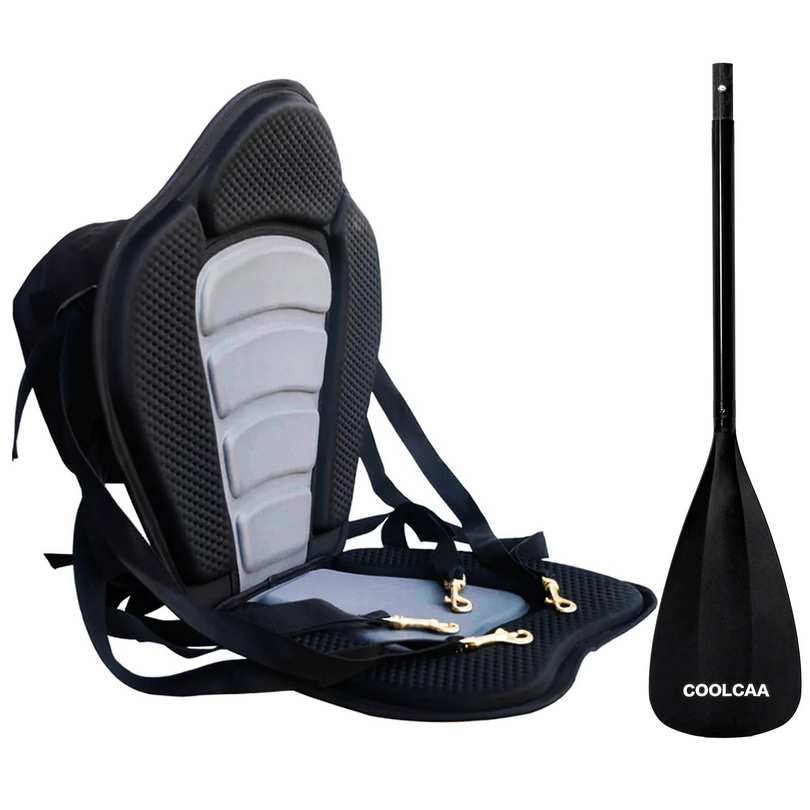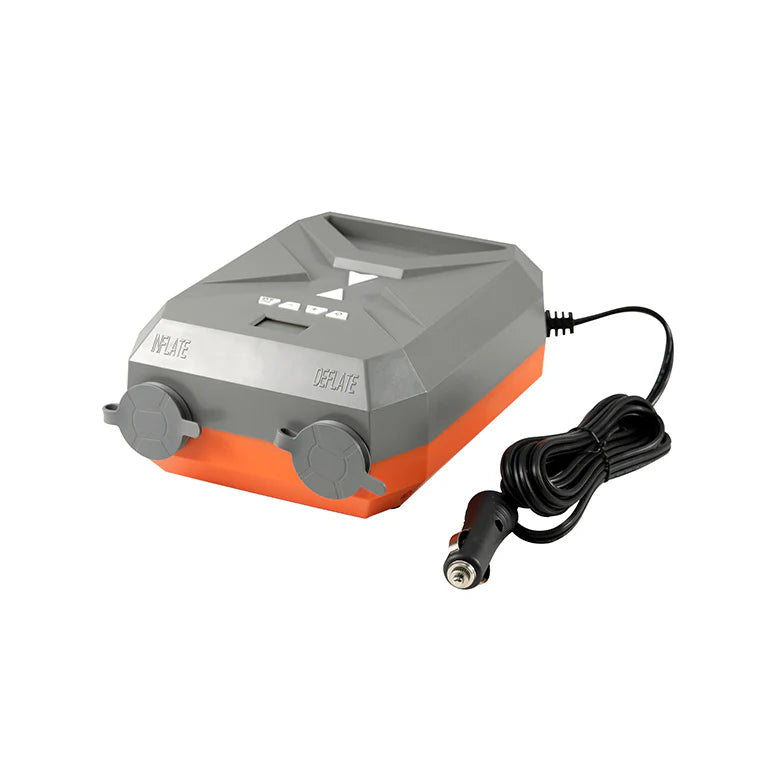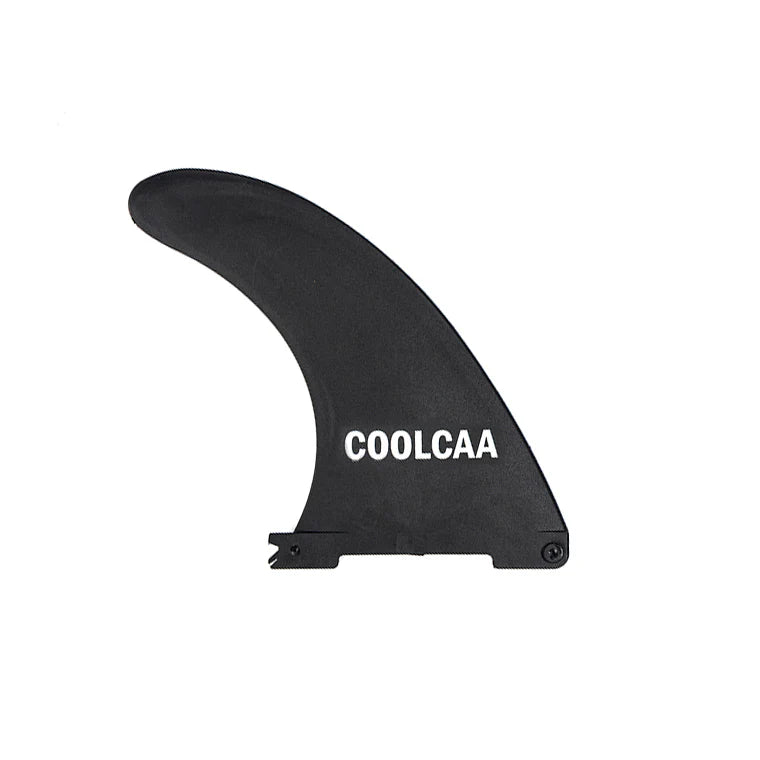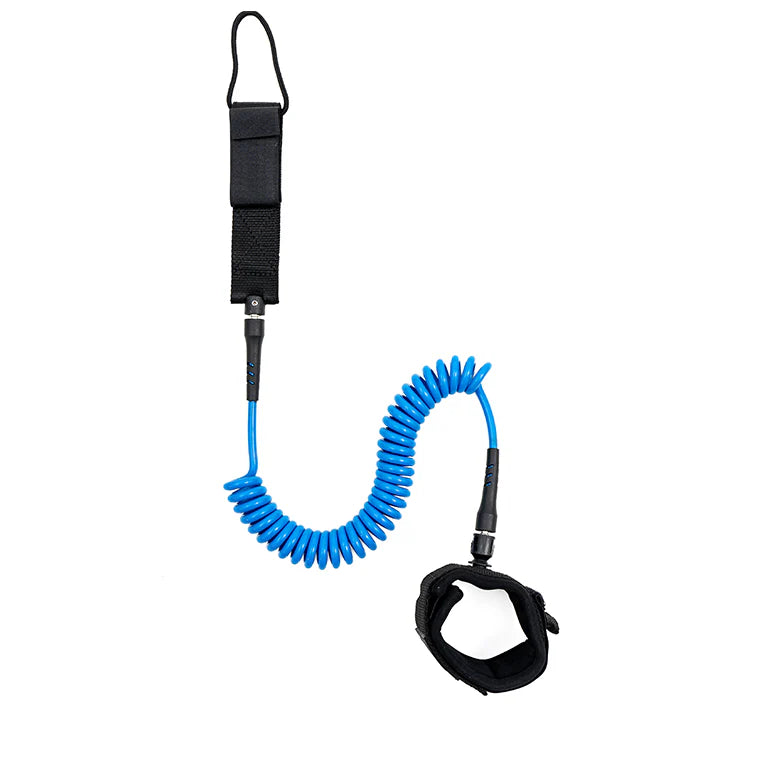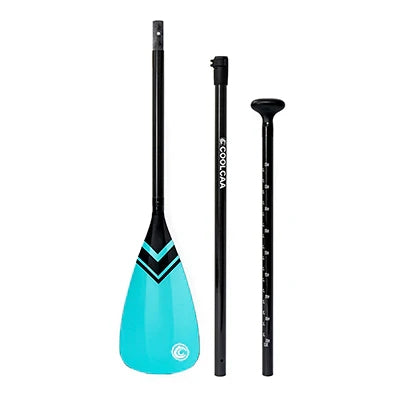1.Properly Inflate the Board
Ensure that you inflate the paddle board to the recommended 12-15 PSI (pounds per square inch) mentioned by the manufacturer. Over or underinflating can affect the board's stability and performance.
2.Choose the Right Location
Select a suitable location with calm waters for your paddle boarding session, especially if you are a beginner. Avoid areas with strong currents, high waves, or busy boat traffic to ensure your safety.
3.Learn the Correct Paddle Technique
Before getting on the board, familiarize yourself with the proper paddle technique. Hold the paddle with one hand on the handle and the other on the shaft, and alternate sides while paddling. This technique helps maintain stability and propel you forward efficiently.
4.Practice Balancing
Stand on the paddle board with your feet shoulder-width apart and your knees slightly bent. Engage your core muscles for better balance. Start in calm water and practice maintaining your balance on the board before venturing into more challenging conditions.
5.Start on Your Knees
If you're new to paddle boarding or feeling unsure, start by paddling on your knees. This lower center of gravity provides more stability until you gain confidence to stand up.
6.Pay Attention to Foot Placement
Once you're ready to stand, position your feet in the center of the board, parallel to the stringer (center line). This helps maintain balance and stability. As you become more comfortable, you can experiment with foot placement for different maneuvers.
7.Use Leash for Safety
Always attach the leash to your ankle or calf and secure it to the board. In case you fall off, the leash will prevent the board from drifting away and make it easier to retrieve.
8.Be Aware of Wind and Currents
Wind and currents can affect your paddle boarding experience. It's advisable to paddle against the wind and current when you start, so it's easier to return to your starting point. Be mindful of changing weather conditions and plan your paddle accordingly.
9.Start with Short Distances
If you're a beginner, start with shorter paddle boarding trips and gradually increase the distance as you build up your strength and confidence. It's better to paddle for shorter durations initially to avoid overexertion.
10.Be Respectful of Others
When paddle boarding in shared waterways, be considerate of other water users, such as swimmers, kayakers, or boaters. Follow any local regulations or guidelines and maintain a safe distance from others to avoid collisions.
In conclusion
Remember to have fun and enjoy the experience of paddle boarding. It may take some time to get comfortable, but with practice, you'll be able to navigate the water with ease.



